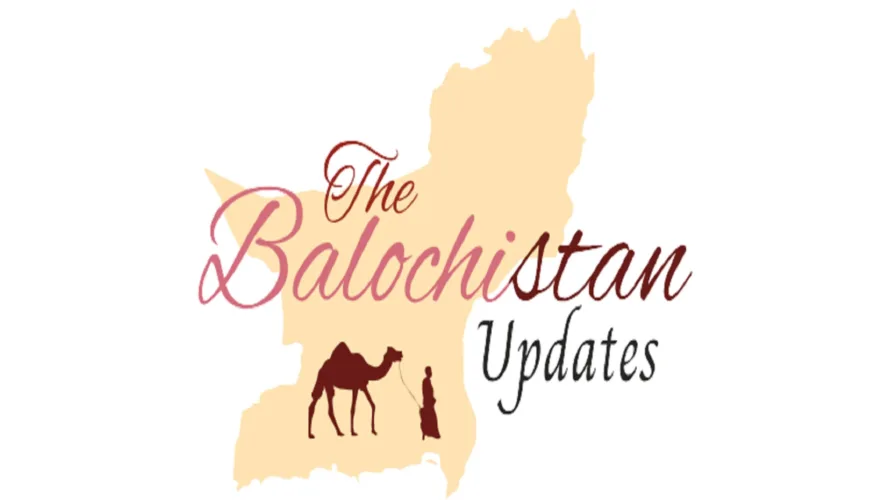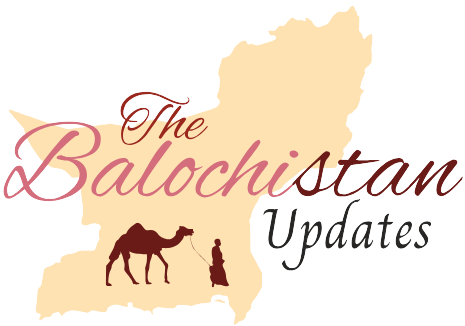1st July 2023
Pakistan’s latest IMF agreement is a critical step towards economic stability. It offers much needed financial support to address the immediate balance of payments crisis and falling foreign exchange reserves. However, the success of the program will depend on the government’s ability to implement challenging reforms, foster fiscal discipline, and diversify the economy. Only through a comprehensive and sustainable approach can Pakistan chart a path towards long-term growth and prosperity, ensuring that this IMF loan becomes the country’s last.
pictures Courtesy Google

While celebrating the breakthrough with the IMF, it is essential to address the concerns raised by critics. Some argue that the loan-dependency cycle must be broken, emphasizing the need for a comprehensive plan that minimizes reliance on external financing. The government should ensure transparency and accountability in managing borrowed funds, allowing for efficient utilization and avoiding misallocation.
Pakistan’s future hinges on diversifying its economic base, exploring sectors such as agriculture, information technology, and defense equipment production. The government’s Economic Revival Plan aims to revitalize these sectors, attracting investment and creating employment opportunities. However, achieving sustainable economic progress will require the collective efforts of all sectors of society and institutions.
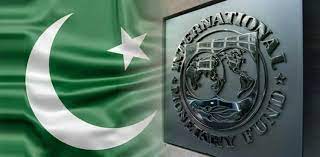
To achieve long-term economic stability, Pakistan must demonstrate steadfast policy implementation and fiscal discipline. Overcoming these challenges requires a concerted effort from the government and its various institutions. Prime Minister Shehbaz, while acknowledging the necessity of the IMF loan, expressed his hope that this would be the country’s final program with the Fund, stressing the importance of developing sustainable economic strategies.
Despite the substantial IMF bailout, the agreement highlights the need for Pakistan to continue mobilizing financial support from other multilateral and bilateral sources. Pledges from Saudi Arabia and the United Arab Emirates, totaling $3 billion, are expected to materialize now that the IMF deal has been secured. Additionally, debt rollovers from China, Pakistan’s largest creditor, will play a vital role in bolstering the country’s financial position. Ensuring the implementation of a spending framework for the pledges made earlier this year in an international donor conference is crucial, particularly the climate-related pledges aimed at assisting Pakistan’s recovery from the devastating floods in 2022.
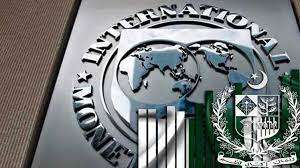
Another critical aspect of the agreement focuses on addressing the losses incurred by state-owned enterprises, which have contributed to a significant drain on government finances. Strengthening the governance of these enterprises is imperative, especially considering that the government has allocated only a minimal amount from the stalled privatization process to address this issue.
In addition, Pakistan has been encouraged to adopt a market-determined exchange rate and eliminate multiple exchange rate practices. The recent depreciation of the Pakistani rupee necessitates urgent action to restore stability. To address inflationary pressures, the SBP has been called upon to remain proactive. Although the bank initially paused its rate hike process, it eventually implemented an off cycle 100 basis point hikes to its policy rate, in line with IMF demands.
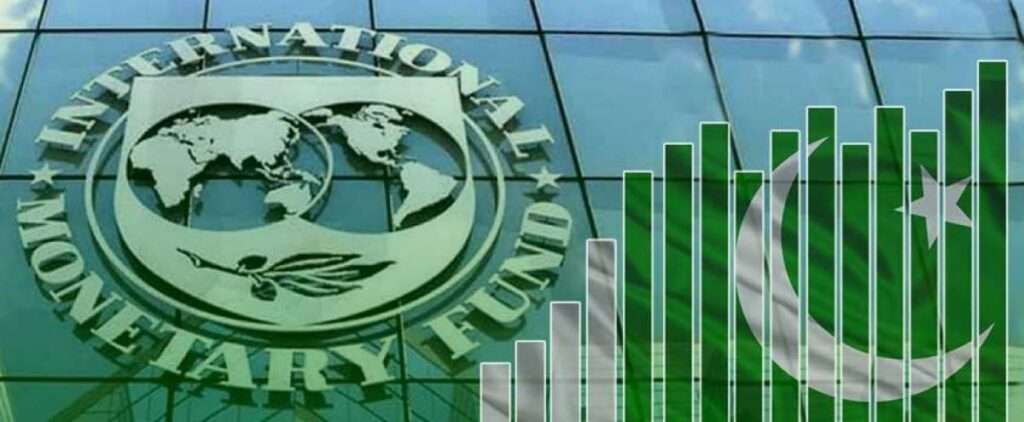
The power sector has emerged as a key area of focus in the IMF agreement. The IMF has called for timely adjustments to tariff rates, aimed at ensuring the recovery of costs. This move, however, may result in higher prices for consumers, exacerbating the already record-high inflation, particularly in an election year. Furthermore, the State Bank of Pakistan (SBP) has been urged to withdraw import restrictions that have hindered economic growth and led to depleting foreign exchange reserves. With reserves barely covering a month’s worth of controlled imports, this measure is crucial for stabilizing the economy.
